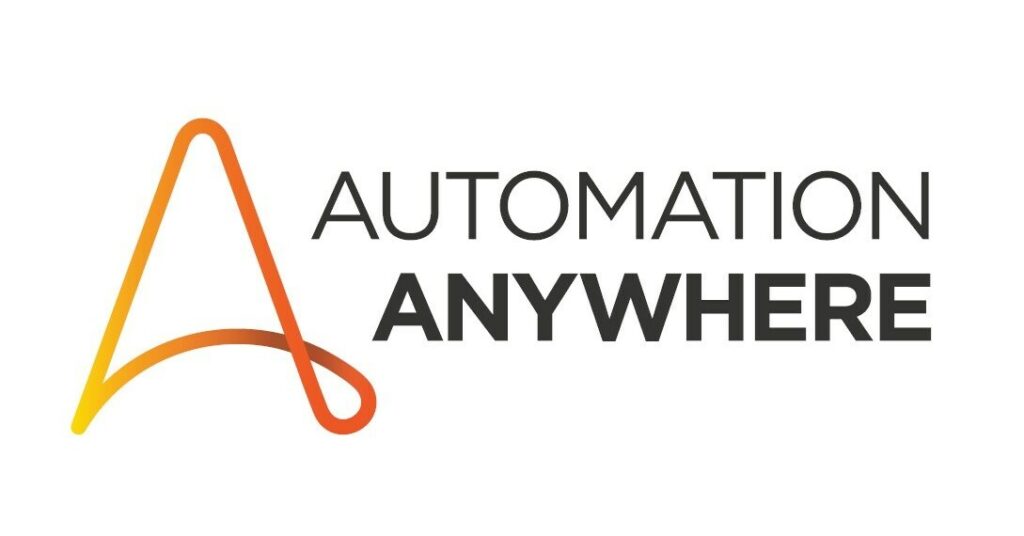In an era marked by rapid technological advancement, small and medium-sized businesses (SMBs) face increasing pressure to optimize their operations and maximize productivity. One way to achieve these goals is through automation, specifically by leveraging generative AI tools. By automating repetitive tasks, SMBs can free up valuable resources to focus on strategic initiatives, thus enhancing overall business outcomes.
Automation tools like Make, Zapier, and Automation Anywhere’s Agentic Process Automation (APA) have emerged as viable options for SMBs seeking to streamline workflows. The integration of these solutions allows businesses to create a more agile environment while improving efficiency. The question that arises for many SMB leaders is how to get started with automation and what steps they can take to effectively implement these tools.
To begin with, identifying processes ripe for automation is crucial. Assess routine tasks across departments—be it finance, marketing, or customer support—where repetitive actions lead to wasted time and resources. Common candidates for automation include data entry, reporting, email responses, and inventory management. A detailed analysis can reveal friction points in workflows, highlighting areas that can benefit significantly from automation.
Once you have pinpointed tasks suitable for automation, the next step involves selecting the right tool. Platforms like Make and Zapier are user-friendly options that cater specifically to SMBs, offering drag-and-drop functionality that simplifies the integration process. For instance, Zapier allows users to create “Zaps,” automating tasks between applications without requiring any coding knowledge. This ease of use enables SMB leaders to empower their teams to automate workflows independently, fostering a culture of innovation within the organization.
After selecting a tool, the implementation phase begins. For example, suppose you choose Zapier to automate lead generation. First, connect your customer relationship management (CRM) systems, such as Salesforce or HubSpot, to your email platform, like Gmail or Outlook. You could set up a Zap that automatically adds new lead entries from your website form into your CRM. This not only saves time but also reduces the risk of human error during data entry.
Moreover, it is essential to establish clear goals around the automation process. By determining specific key performance indicators (KPIs), such as time saved on tasks or increased customer satisfaction, you can measure the effectiveness of your automation efforts. Regularly reviewing these KPIs allows business leaders to iterate on existing processes based on what works well and what doesn’t.
While the benefits of automation are apparent, some risks and challenges cannot be overlooked. There is the potential for job displacement or resistance from employees who may perceive automation as a threat. Transparent communication about how automation enhances their roles is crucial. Highlight how employees can focus on high-value tasks rather than mundane ones, ultimately driving personal growth and improving job satisfaction.
Another risk involves data security. Integrating various software applications often leads to the transfer of sensitive information, raising privacy concerns. SMBs should be proactive in drawing up appropriate governance and security measures. Platforms such as Automation Anywhere’s APA are designed with built-in security features, offering a robust solution for SMBs that prioritize data integrity.
The return on investment (ROI) for automation can be substantial but may take time to realize fully. Organizations might see initial costs, such as subscription fees for automation tools or the time invested in upskilling staff. However, as productivity increases and operational efficiencies improve, the long-term gain becomes evident. Studies show that companies actively embracing automation experience up to a 25% increase in productivity and can significantly reduce operational costs.
In summary, automation represents a transformative opportunity for SMBs to enhance productivity and streamline workflows. The practical steps to implement automation include identifying repetitive tasks, selecting user-friendly tools like Make or Zapier, establishing clear objectives, and continually measuring outcomes. By maintaining open lines of communication with employees and implementing robust security measures, businesses can intelligently navigate the complexities of automation.
FlowMind AI Insight: The move toward automation isn’t merely a trend but a strategic imperative for SMBs aiming to remain competitive in a fast-paced market. By embracing AI-driven tools, businesses can leverage operational efficiencies that ultimately lead to increased innovation and growth. Prioritizing automation today sets the stage for sustainable success tomorrow.
Original article: Read here
2025-07-16 07:00:00

